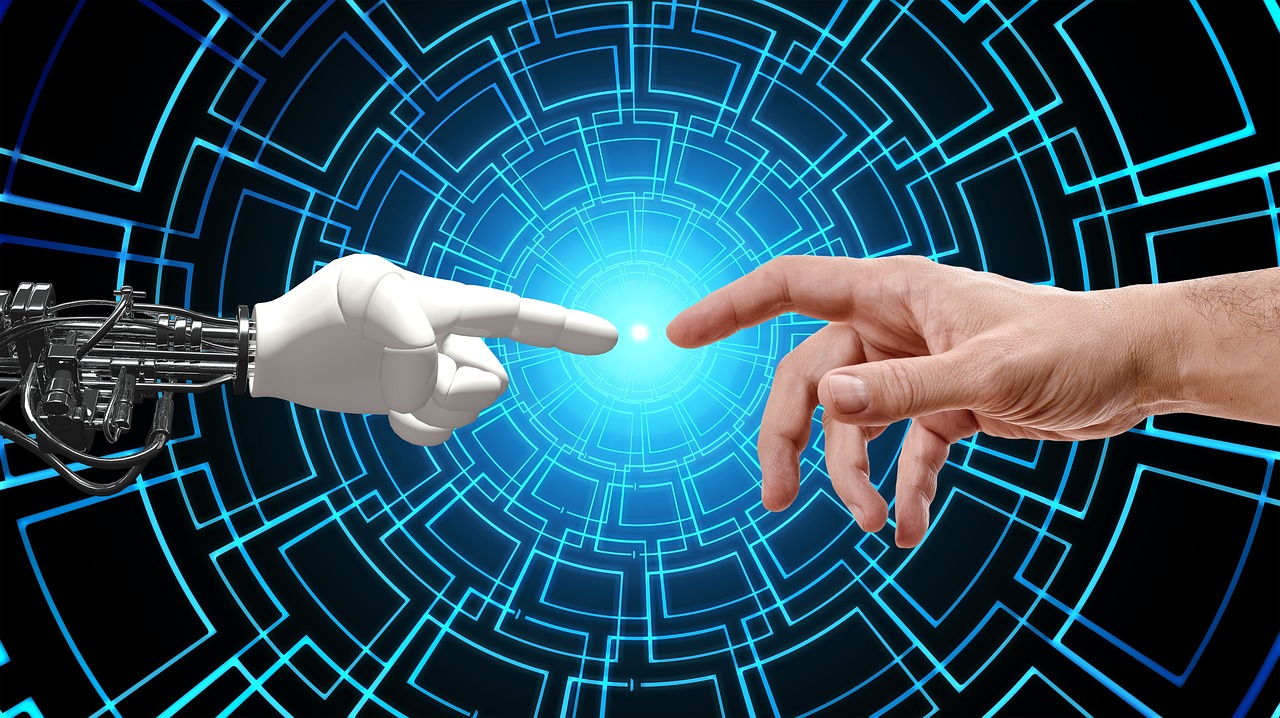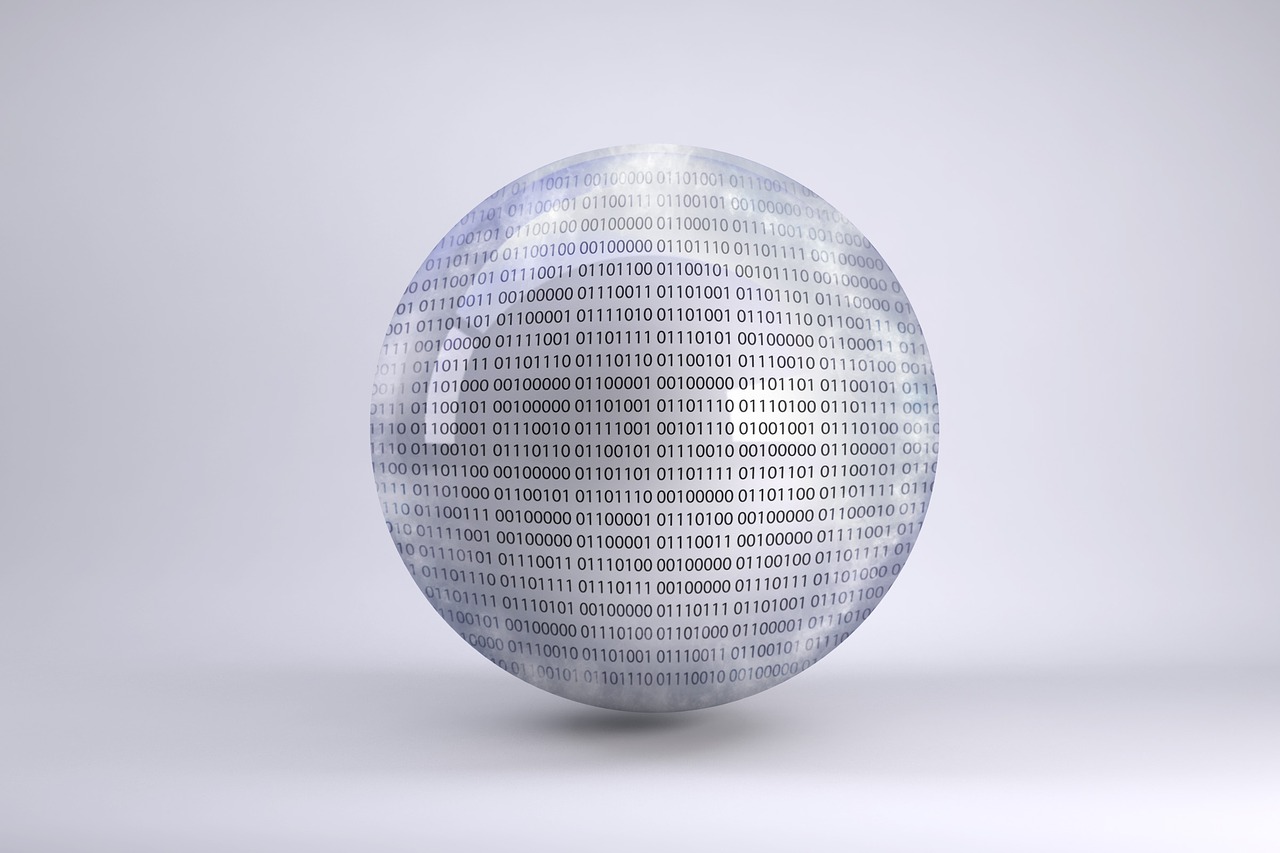Artificial intelligence (AI) and machine learning (ML) will definitely play a lead role in the future of technology. More often than not, businesses are looking for ways to automate systems and processes that were previously done by a human being. Unfortunately, the systematic machination of work brought about by advanced AI algorithms is leading to layoffs, which leads to an increased unemployment rate. However, the news isn’t all bad when it comes to AI and ML-enabled automation. AI can help automate DevOps in tech companies in a radical way, often leading to massive efficiencies and cost-savings.
This article will cover three ways to use artificial intelligence to automate systems and create a more progressive business. We’ll also share some real-time obstacles that a business might face and how integrating AI can help overcome them. Finally, we’ll cover the role of AI in navigating the complexities of IT environments and machine learning’s IT revolution.

Managing Infrastructure
When it comes to managing infrastructure, most companies are looking to save as much money as possible. An oil company based in Arkansas has 1,200 employees around the world and has been transitioning to cloud infrastructure models for the past year. The IT director of the company points out that “you can’t just lift and shift” your business to the cloud. Doing so could actually end up costing your company more money. Instead, try using an AI-powered system to make the transition smoother. Doing so will free up your people to focus on their actual jobs. Moreover, using an AI-powered system will help the business move along the curve of AI and machine learning.
Ensuring Connectivity
AI can also help maintain connectivity of wifi systems, especially across a large campus, such as a university or companies like Google or Microsoft, where thousands of employees are using multiple networks to stay connected in order to do their jobs. Using AI-powered connectivity makes it much simpler and less time-consuming to find issues with computer networking systems.
Predictive Maintenance
Maintaining equipment can be costly, depending on the kind of business you have. If you’re running a major company with hundreds of employees, you have a lot of electronic equipment that is experiencing day to day wear and tear. There are AI-enabled set-ups that can help you predict when a piece of equipment might break down. By using predictive maintenance, you can stay one step ahead by troubleshooting issues before they happen. At Konica-Minolta, they’re able to predict breakdowns about two weeks out, with a 95% success rate. Two benefits to predictive maintenance are energy optimization and workflow optimization. Energy optimization tells you where to place servers for optimal thermal conditions. Workflow optimization, on the other hand, allows you to place workflows efficiently to prevent breakdowns on major equipment at inopportune times.
Real-Time Obstacles
Artificial Intelligence (AI) can also help with overcoming obstacles in real-time. AI can provide an added layer of security by helping protect systems against Distributed Denial of Service (DDoS) attacks, which are becoming more prevalent as technology changes. Attackers that previously targeted the government, high-profile websites, and multinational organizations are now going after prominent individuals, SMBs, and mid-sized enterprises. AI can provide companies with a central logging system that can help ward off attacks by identifying suspicious activities and pinpointing the threats in a very specific way.
Complexities Of IT Environments
IT environments are complex places. They change from moment to moment, and you don’t always get a warning when something might be about to go wrong. However, with so much data being produced in a given day, it can be difficult to pinpoint problems and come up with a strategy to quickly fix them. This is where artificial intelligence can come in handy. As technology changes, the complexities are only going to grow. Machine learning can often be a good solution to overcoming the obstacles a complex IT environment throws at you.
One example is the case of medicine, where robotics and artificial intelligence are increasingly used for more complex surgeries. Also, self-driving cars need complex artificial intelligence algorithms that are able to adapt to the different changes that occur on the road, such as climate change, obstacles, reckless drivers, etc. Therefore, a technology that is sufficiently adaptable to these changes and that can respond in an effective and safe manner is required.
Machine Learning’s IT Revolution
The complexities within IT environments make them the perfect candidate for a machine learning-led revolution. Humans alone cannot possibly process all the available data on any given day. Such analysis can be difficult and is often prone to error. But machine learning can go a long way toward helping make data analysis easier and less error-prone. Companies are turning to machine learning to “automate and manage their infrastructures and applications.” Not only does machine learning save time, but it can also save money, freeing up your employees to focus on other, more important aspects of their jobs.
It will take some time for businesses to become comfortable with artificial intelligence and machine learning, but it’s worth the time and cost savings to integrate them into your IT setup.





